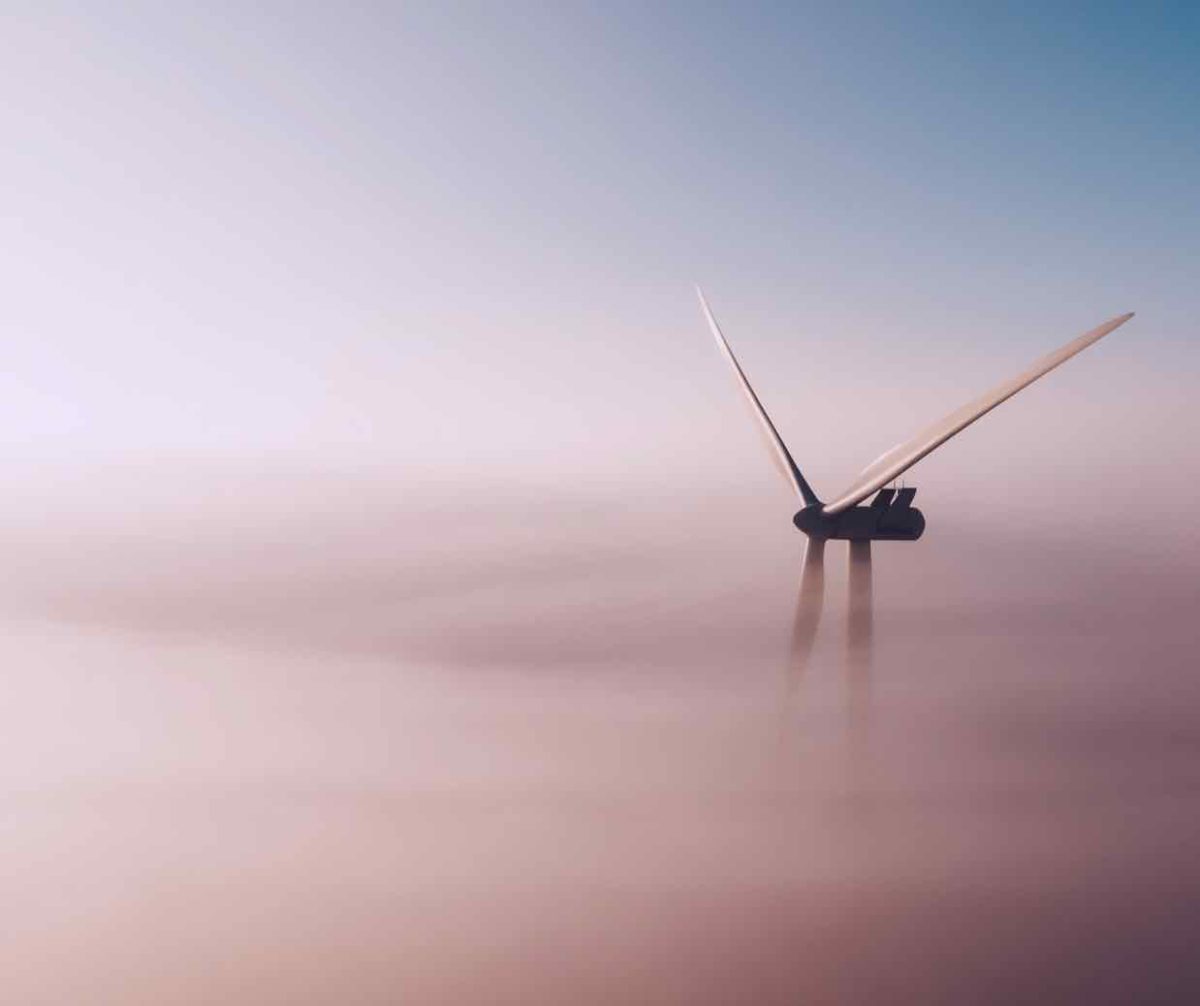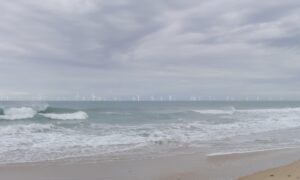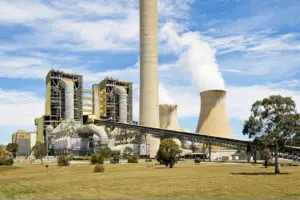Australia has been urged to “go big” in offshore wind if wants to secure part of the supply chain for the massive turbines in the emerging technology, and it has also been warned that the first few projects will not be cheap.
Australia has already declared two renewable energy zones, and plans to create at least six, with Victoria taking the lead with the aim of building up to 9GW of offshore wind capacity by 2040, and the first 2GW by 2032.
But at the first offshore wind conference to be held in Australia by the global peak body, the Global Wind Energy Council, the constant themes were concerns about the challenges – supply chain problems, rising costs, social licence and local content issues.
One of the unspoken parts of the push for offshore wind is what it will actually cost. The assumption is that it will be well over $100/MWh, not including transmission and system costs.
But the chances are that it will be much higher than that, at least initially, given the supply chain issues and rising prices that have been plaguing the industry across the globe markets in the past year – although given that generation from the first project is likely five years away, it is hard to predict.
“I think we need to be realistic. It’s not going to be cheap,” said Niels Steenberg, the head of offshore wind development at one of the world’s biggest wind turbine manufacturers, Siemens Gamesa.
“The first three to five gigawatts are going to be expensive to build, but once we get over that hurdle, I think (offshore wind) has shown consistently that it’s reliable and it’s dependable and, in today’s market, a cheap form of energy. But the first projects are not, we have to realise that and we need to support them.”
Siemens Gamesa itself has suffered major problems that contributed to a massive loss of more than €4.5 billion ($A 7.5 billion) in the past year at its parent company Siemens Energy as a result of quality flaws and loss-making contracts.
Some offshore wind projects in the UK and the US have been pulled because the developers have found it is no longer possible to build them at the low-priced bids they made in government auctions that were held before the recent cost jumps.
One of those projects, a 1.4GW offshore wind project in the UK proposed by Swedish energy giant Vattenfall, was priced at the equivalent of £45/MWh (about $A85/MWh) in today’s prices.
But the company said in July that it “no longer made sense” at those prices given the cost increases in the supply chain, caused mostly by the fossil fuelled inflation sparked by Russia’s invasion of Ukraine.
Earlier in the day, industry leaders warned that offshore wind costs had risen about 30 per cent – similar to the rises in solar and battery storage, and there were repeated warnings to Australia that it should not fall into the same trap as European and other countries of a race to the bottom on prices.
Jens Orfelt, from RWE – one of more than a dozen international energy giants seeking a piece of the Australian market, if the conditions are right – said that inflation was running at around seven per cent globally, and this was pushing up project costs by 30 per cent or more.
“That is pushing massive pressure on the business case of many projects,” he said. “We need larger projects to be able to deploy economies of scale. Particularly in Australia, where we’re avoiding the land use where the grid rollout has proven to be an issue.”
Orfelt called for clarity and simplicity over the auction system, and also address one of the lingering problems for Australia’s first offshore wind zone, that of project “overlaps”, cause by the huge numbers of project developers competing for one small zone, and how this could be resolved.
Jonathon Cole, the head of Corio, the offshore wind spinoff from Macquarie Group, also pointed to the “conspiracy of factors” that were working against offshore wind at the moment.
“We have cost of capital cooling up faster than we’ve seen in the past 40 years,” he said. “We’re also faced with a situation where the supply chain has never been more fragile.”
He also pointed to permitting issues, which meant projects could take up to 10 years to reach generation, and called for a streamlining of processes.
“We should also need to fight disinformation. At the very top level of politics and government we should be doing more to fight this false narrative that renewables doesn’t work, or renewables is unnecessary, or climate change is a hoax.”
Corio said contracts for offshore wind also needed to be flexible, to take into account price variations.
“I remember celebrating as we drove the cost of offshore wind well below the cost of nuclear, and then we got the cost of offshore wind below the cost of gas, and we just kept bringing the cost down and bringing the cost down.
“And we never thought until we’re in the situation we are in just now, where probably in many markets the price that is being set for offshore wind is price that sustains the market.
“So what we really need is a process that sets the price for offshore wind in a fair way, That is cost reflective. There’s no reason why renewable energy should be the only part of society that doesn’t aim to make adjustments in the face of all these inflationary pressures.”
However, he applauded Victoria for getting ahead of the problems around transmission for offshore wind, noting that many countries had failed to plan ahead. “Victoria is doing a smart thing by going early and putting the onshore grid in place before the grid.”
Another major issue was the supply chain, and the desire by Australian governments – both state and federal – to secure as much “local content” as possible. The wind turbine manufacturers have heard this before, in other countries.
“I think it’s extremely important that governments learn to collaborate, and also to realise that we cannot build a supply chain in every country who wants an offshore wind turbine,” Steenberg from Siemens Gamesa said.
“Governments like to look at the wind turbine and say, ‘Can you please make that in my country?’ And unfortunately, that is simply not possible anymore. There are not the volumes. There is not the stable outlook that we need, and frankly, we don’t need a turbine factory in every country in the world.
“Some countries could be very good at foundations. Some countries could be good at something else. But no country is equally good in everything and also cannot have the whole supply chain. It simply doesn’t work.”
Morten Dyrholm, the head of global marketing at Vestas, the world’s biggest wind turbine manufacturer, agreed.
“It’s simply not feasible. Let’s take a generic factory. In order for that to have any economic feasible way forward, it has to have a constant production of at least a gigawatt of components every year, for many, many years.”








